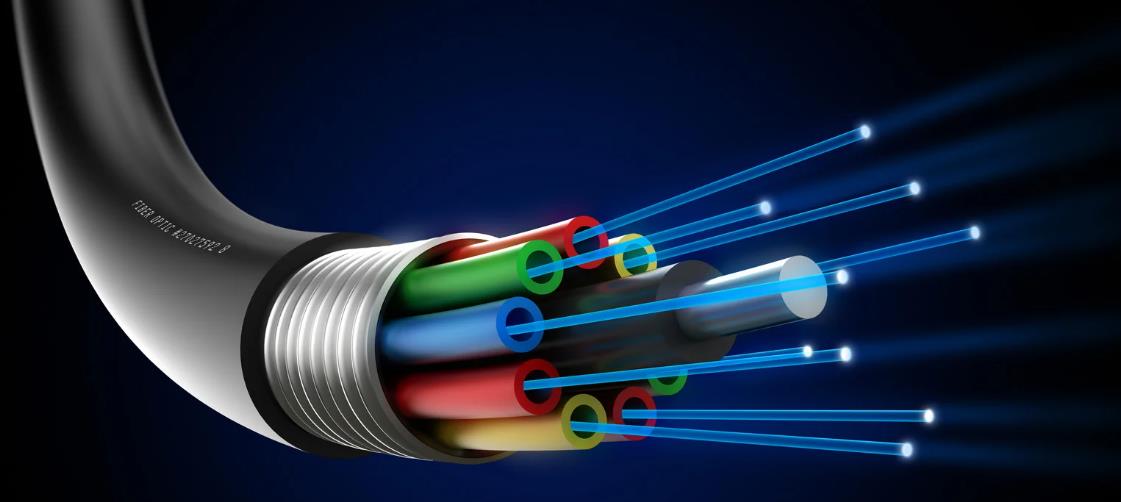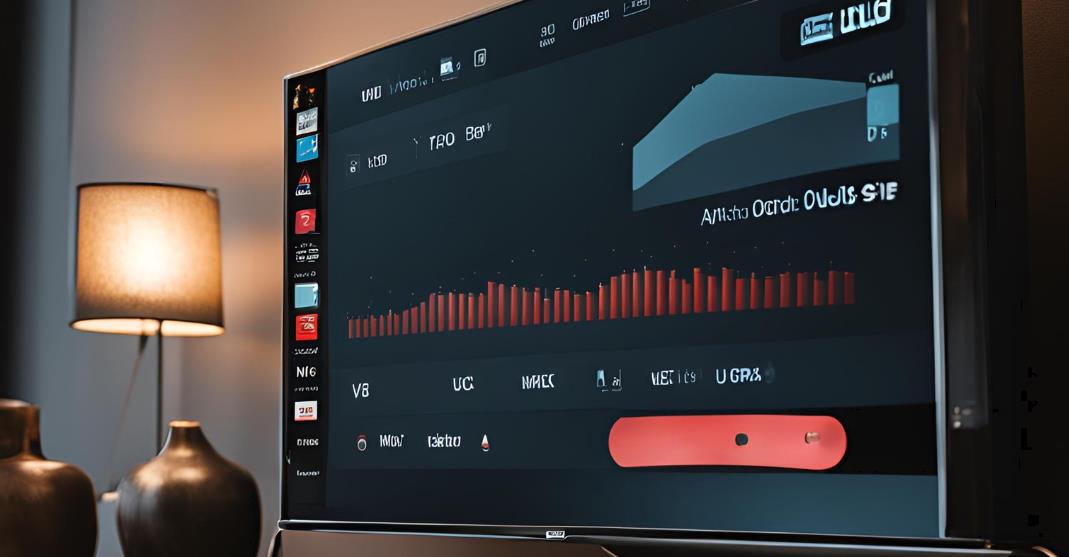In this fast paced digital world, communication is becoming the backbone for all the connectivity and linking people together. From all the copper technologies, now the fiber optic technology is getting worldwide attention. This is becoming the forefront of all transformations and revolutionizing the traditional transmission and receiving of information. If you have any doubts about which best explains how fiber-optic technology has improved communication? Read the blog.
The Evolution of Communication: From Copper to Fiber
Initially the communications are done through the copper wires. But this traditional method had limitations like limited band width, very slow transmission and including susceptibility to interference. Just after the advent of the fiber optic technology, that marked a significant change in all such issues. This becomes an efficient communication infrastructure. The fiber optic cable uses light to transmit data and it overcame the problems of copper wire by providing a faster and more reliable solution for the modern communication needs.
Unmatched Speed and Bandwidth: The Power of Light
High-Speed Data Transmission
The best and noticeable advantage of the optical fiber technology is the speed. It will transmit data at the speed of light. Unlike the copper wires that depend on the electrical signals, optical fibers use the light to carry information and send it in a blink of time. This really helps to make instant feedback in every communications data transfer become more efficient. The high speed can experience not only in the communication, but also any digital activities like playing online games can use this fast network benefit.
Enhanced Bandwidth Capacity
The fiber optics have a very good and superior bandwidth than all other methods. It will allow simultaneous transmission of data without any interruptions. This helped to increase the support and growing demands of high definition video streaming. The other advantages are cloud computing and ensuring very smooth and uninterrupted communication in all means.
Long-Distance Communication with Minimal Signal Loss

Minimal Signal Degradation
The main key challenge in a long distance communication is the maintenance of signal integrity in all over the communication start and end. When it comes to fiber optic, maintaining this integrity over extended distance may not work better. It has chances to minimize the signal and sometimes lose complete connectivity. To solve this problem, high quality glass fibers that can prevent light signals from degradation can be used. It will make sure more clear and consistent communication.
Undersea Cables: Connecting the World
This fiber-optic technology is playing a very significant role in global communication. The cables that link continents and make instant communication across the globe. These cables are also capable of transferring data, facilitating international business, social connections and access to information on the global scale.
Reliability and Durability: The Backbone of Modern Networks
Resistance to Interference
The fiber optic cables are very immune to the electromagnetic and radio frequency interference. This will disrupt the communication in the traditional copper based systems. Even in an environment with high levels of electrical noise, the resistance of this interference makes sure the data transmission is stable and reliable.
Durability and Longevity
Compared to other materials, fiber-optic cables are perfectly designed to strongly withstand all environmental conditions like water, heat and cold. The optical fibers are highly durable and long-lasting. This duration and strength reduces the need for frequent maintenance and replacement. This also contributes to the reliability of modern communication networks.
Scalability and Future-Proofing: Meeting Growing Demands
Scalable Infrastructure
The data transferring demands are growing continuously in a very flexible way to expand and adapt. The scalability of fiber optics allows new additions for new connections and it will upgrade the existing network in a more efficient way. This will make it easier and helpful to accommodate and increase more data traffic and support.
Support for Emerging Technologies
This is not only just replacing the existing method. The fiber-optic technology can act as a very good support system for the future advancements. The ability to handle the increasing f data loads and fiber optics that support the development of technologies like 5G, the Internet of Things (IoT), and smart cities, ensuring that communication networks remain cutting-edge.
Enhanced Security: Safeguarding Data Transmission
Data Security
When it comes to security, which is the major consideration in modern communication, the fiber-optic technology offers various advantages. The cables are very difficult to tap without detecting and always the best option to secure the transmission of sensitive data. This led to opt optical fiber for high level data securities like finance, healthcare, and government.
Applications in Sensitive Sectors
There are several factors that can handle the very significant and sensitive information. Just like banking and defense, the technology has increasingly adopted due to its enhanced security featuresThe fiber optics contribute to the protection of vital information, by assuring that data remains confidential and secure during transmission.
Environmental Impact: A Sustainable Communication Solution
Energy Efficiency
Besides the technological benefits, it also has many energy efficient advantages compared to the copper cables. The fiber optics only need less energy to transmit the data and will result in a reduction of energy consumption at a very high level, when it comes to the overall energy consumption of communication. This will be the better option to contribute to a very eco-friendly and sustainable infrastructure.
Contribution to Green Technology
Nowadays the world is moving towards greener and eco-friendly solutions. The fiber also plays a very big role in it. It can enable more efficient data transmission with very low energy usage and also it will help to reduce the overall environmental impact.
Fiber Optic Deployment in the USA: A Collaborative Effort

Government Initiatives
In the United States, the extension of fiber-optic networks is deeply supported by various government initiatives. They are aiming to bridge the gap of digital divide. There are also certain programs that focus on expanding high-speed internet not accessible areas. This can extend to many rural and underserved areas that have driven the growth of fiber-optic infrastructure. By this strategy the government is trying to ensure that more Americans can benefit from advanced communication technologies. The government also funding for such fiber optic technologies.
Private Sector Investments
Like the government, the private sector also plays a very important role in expanding the fiber optic network across the country. The major telecommunications companies are investing heavily for building and upgrading their data transactions and for communications.
Impact on American Society: Bridging the Digital Divide
Improved Access to High-Speed Internet
There is a widespread use of optical fibers in communication systems that can be found in American society. They will extend the fiber optics for both urban and the rural areas and more people now have the access to fast and reliable internet connections. They are also extending it to both urban and rural areas to solve the digital divide and increase the participation of the digital economy.
Empowering Businesses
The fiber-optic technology changed the overall business operations and enhanced the communication, productivity and the collaborations. High speed internet access has enabled several companies that streamline the operations that adopt cloud based solutions and reach the global markets. This is also becoming the reason for economic growth and new innovations.
FAQs on Fiber-Optic
Which is an advantage of fiber optics in communication?
Fiber optics can provide a high speed data transmission with very minimal signal loss over long distances.
What are the benefits of optical fiber?
The benefits of optical fiber include faster speeds, higher bandwidth, improved longevity and enhanced security.
Why is fiber-optic better?
Fiber-optic technology is better because it offers superior performance, scalability, and future-proofing compared to the traditional copper cables.



